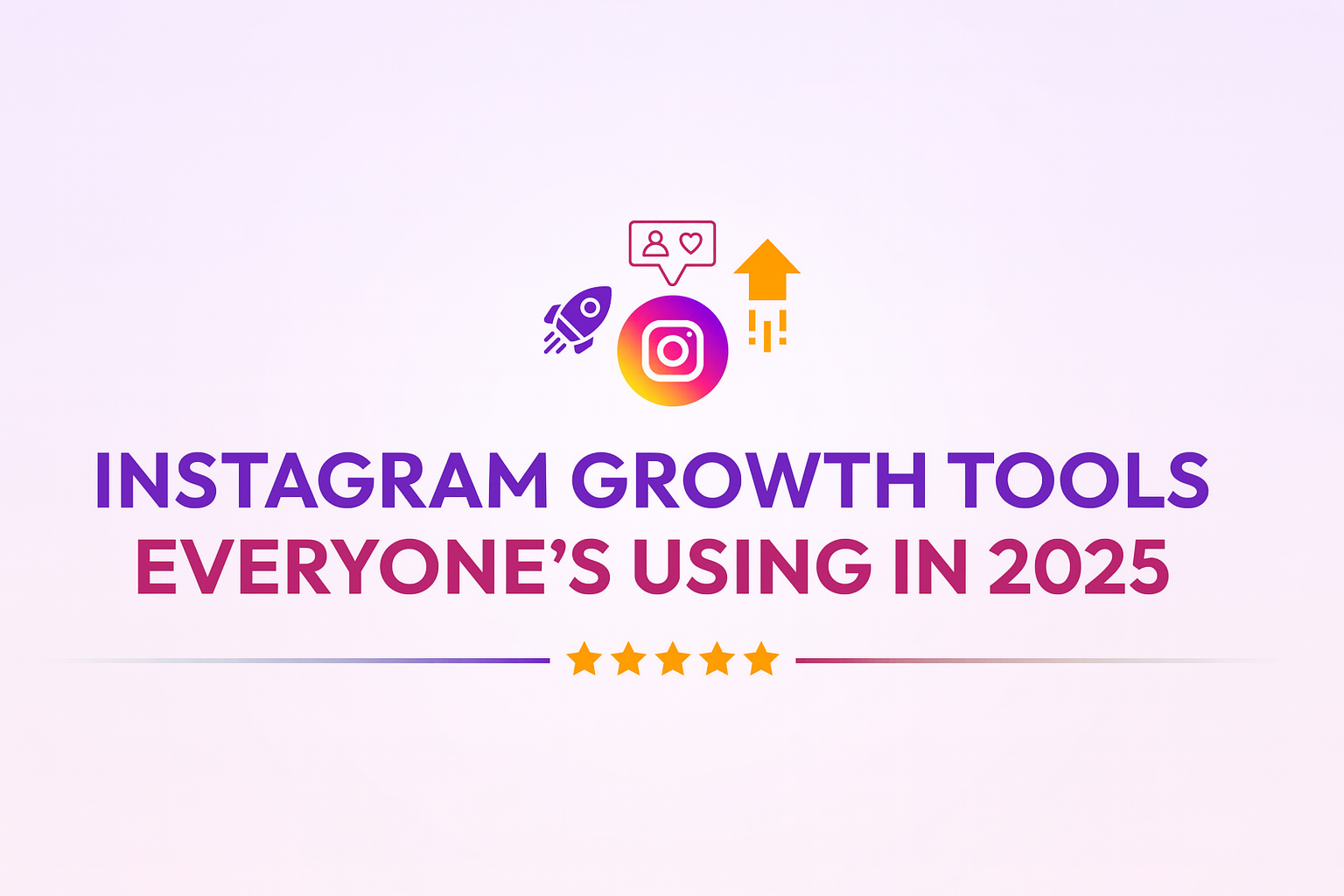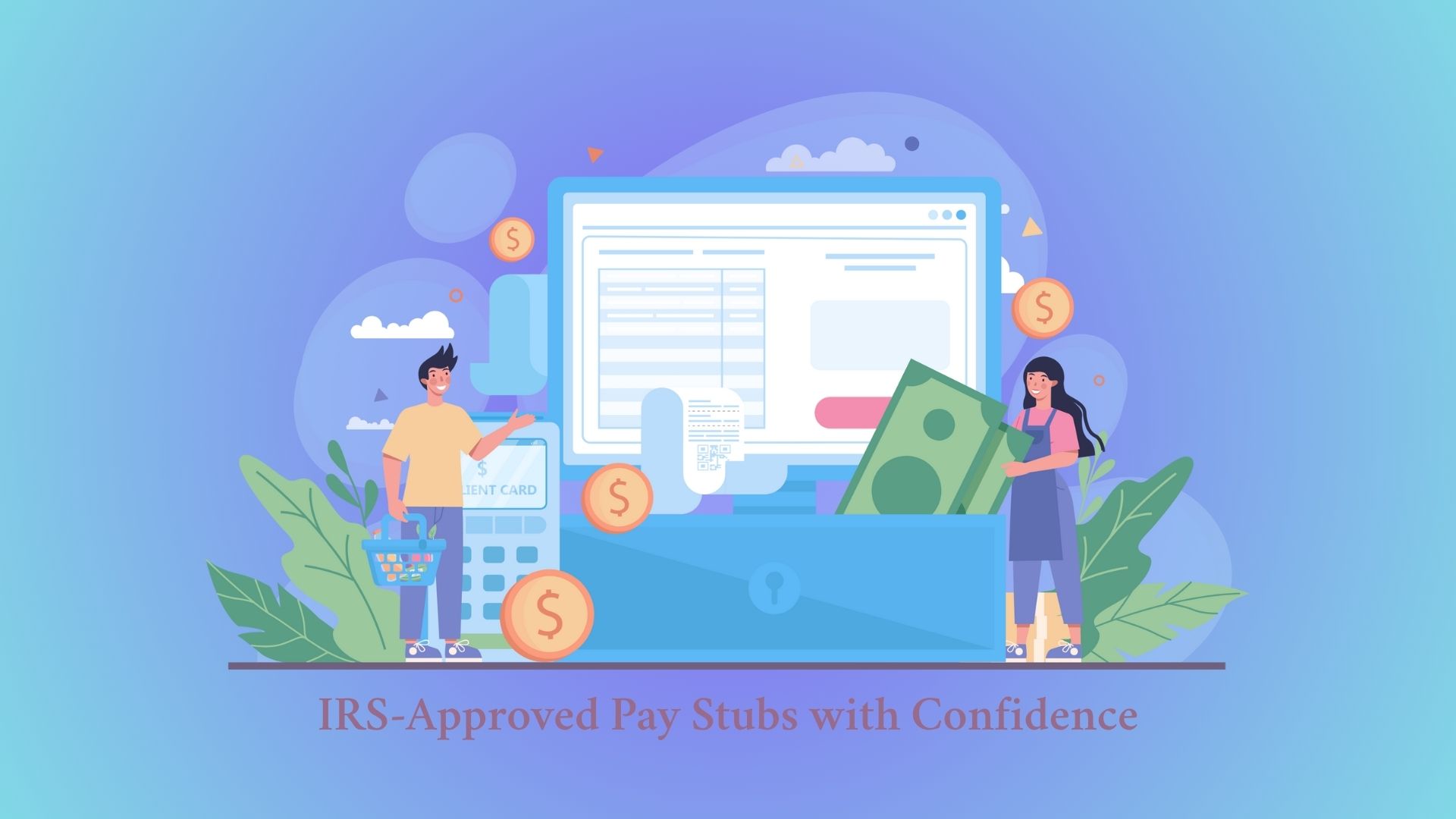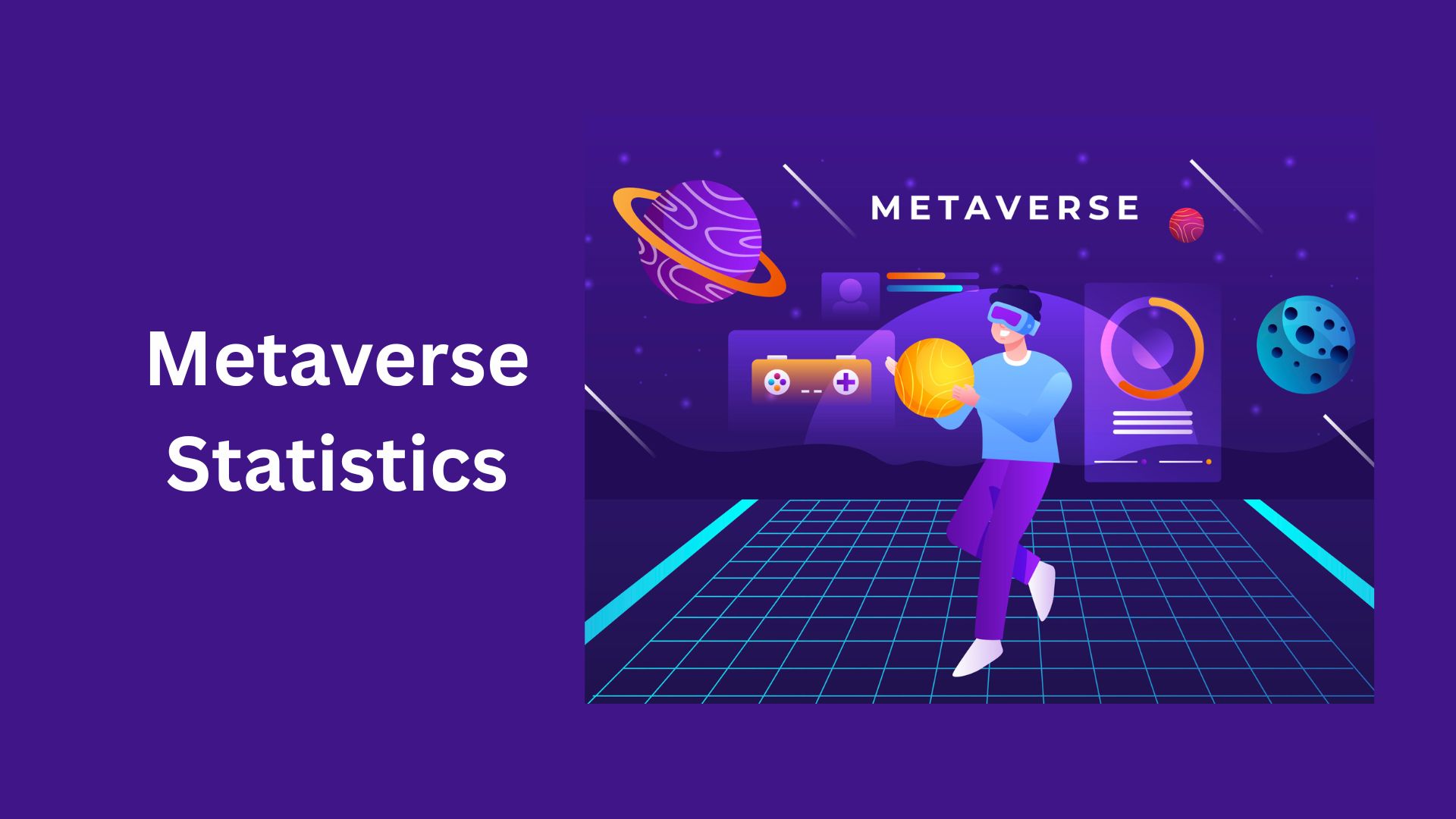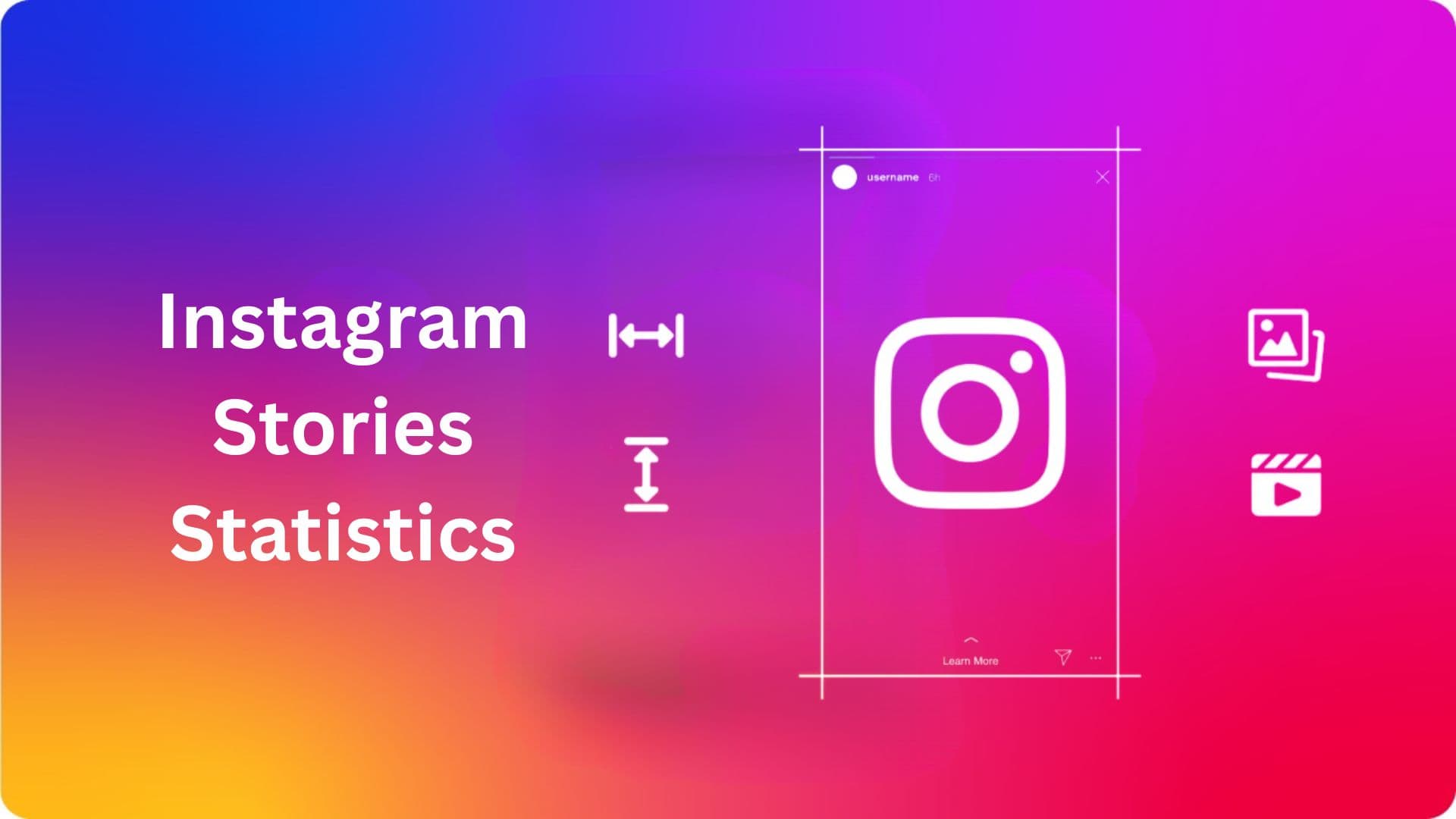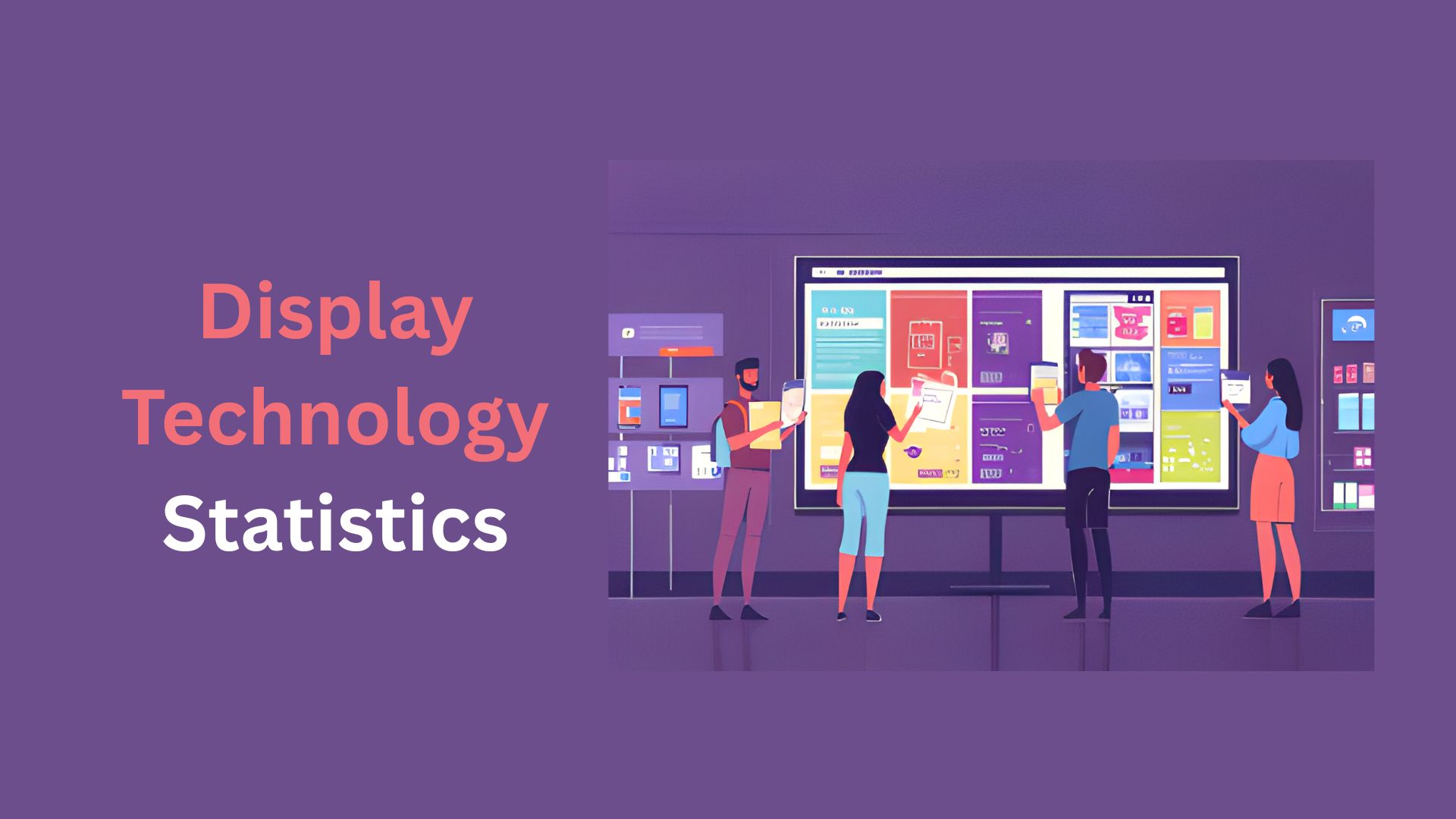How Aspiring Growth Hackers Can Use ChatGPT to Build Standout Job Applications
Updated · Nov 07, 2025
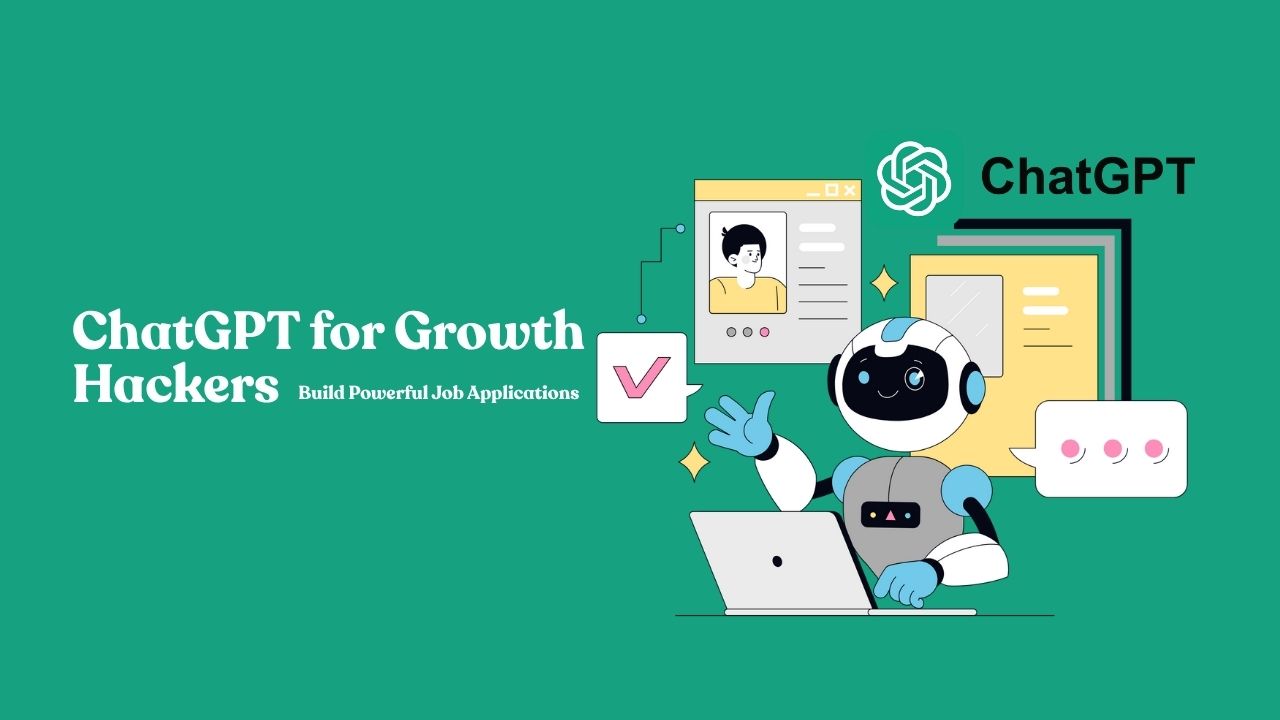
Table of Contents
You know how to use data-driven strategies to help startups and small businesses grow. But do you know how to use similar approaches to grow your own career? Today’s job market is more competitive than ever. As a growth hacker, you’re going to need an innovative approach to make your application stand out.
Below, we’ll discuss how ChatGPT (and by extension, similar AI text generators) can help you gain a competitive edge. Specifically, we’ll look at how artificial intelligence (AI) can help you refine your resume, craft a persuasive cover letter, showcase your digital portfolio, and even prepare for interviews.
Better growth hacker resumes and cover letters
Innovation and problem-solving are among the essential soft skills that growth hackers need. You can put these skills to work by asking ChatGPT to help you optimize your resume and cover letter. Instead of viewing these documents as routine job-search tasks, treat them like campaigns. Test, refine, and optimize them until you have high-performing documents.
Using ChatGPT to build a resume
If it’s been a while since you made a resume, ChatGPT can help jump-start the process. For example, you can ask ChatGPT to help with a prompt like:
“Generate a resume template for a growth hacker with experience in SEO, analytics, and product-led growth.”
It should respond with a resume filled with keywords and sample text. Growth hacking is all about rapid experimentation, data-driven strategies, problem-solving, and creativity. Make note of the keywords it uses to describe those traits and keep as many as possible as you replace the filler text with your own unique information. Those keywords are often what recruiters are looking for.
From there, replace any generic text with your real achievements. Use quantities, percents, and numbers where possible. For example, you might replace “Managed social media campaigns” with “Increased LinkedIn engagement by 45% in three months through data-driven content scheduling and viral post experimentation.”
Tailoring your resume with AI
One of the biggest mistakes that job seekers make is sending the exact same resume to every company. As a growth hacker, you wouldn’t use a single ad for every audience. Likewise, you should tailor your growth hacker resume to each job you apply for.
ChatGPT can help here, too. Copy and paste your resume as well as the job description, then use a prompt like, “Optimize this resume based on the following job description.”
The AI will highlight keywords you should add, reorder sections, and even suggest better phrasing. As always, you should check the finished product for accuracy and make any changes as needed.
Using ChatGPT to build a cover letter
In almost every case, your resume should be accompanied by a cover letter. This is not just a summary or a restatement of what’s in your resume. It’s a compelling argument as to why you’re the right growth hacker for the job.
What is the best ChatGPT cover letter prompt? You’ll want to copy and paste in your resume and the job posting. This will give ChatGPT the background information and keywords it needs.
Then use a strong prompt like this one:
“Based on this resume and job description, write a cover letter template that emphasizes innovation, data-driven results, and viral campaign success.”
ChatGPT will give you a draft you can edit. Again, check for accuracy and honesty, and make changes as required.
If you already have a cover letter, you can use AI to make it even better. Use the prompt, “Optimize this cover letter for the following job description.”
Just as with resumes, personalize each cover letter. Enter the new job description and ask for an optimization. Mention specific company goals or campaigns, and connect them with your own track record of growth.
A perfect portfolio
More important than what you say you can do is what you show you can do. A portfolio is a concise way of doing just that–demonstrating your skills in real-world contexts.
Again, ChatGPT can help. For instance, you can upload information about past projects, such as case study notes or campaign results. Then use the prompt, “Summarize this project, including sections on Challenges, Strategies, and Results.” This gives you a first draft of case study content that you can use on your personal website.
Building a portfolio through thought leadership
Your portfolio isn’t limited to case studies of past projects. A personal blog or guest posts can be used to establish yourself as an expert in the field. Consider adding the following:
- Blog posts or LinkedIn articles
- Guest posts on marketing websites
- Recorded presentations or webinars
You can use ChatGPT to brainstorm ideas (“Recommend topics for a growth hacker blog” or “Suggest 10 blog topics for a growth hacker portfolio”), optimize your articles (“Optimize this article for SEO”), proofread and edit (“Suggest ways of making this article better”), or overcome writer’s block (“Write an article/paragraph on…”).
Remember, however, that AI-generated content is often recognizable as such; don’t rely on ChatGPT to perform the entire process for you. Your own website may fare worse in search results if it’s populated entirely by AI content, and if you’re guest posting, many websites have policies against AI-generated articles, especially AI-only submissions. Make it your own, simply using this assistant to help you overcome obstacles and inspire you.
Showcase your digital presence
Growth hackers, more so than many others, understand the importance of a strong digital presence. You can show your innovative approach by integrating a QR code into your job application documents. Consider linking it to:
- A personal website, blog, or portfolio site that showcases your past projects.
- A LinkedIn profile with links to your projects, a list of successful companies you’ve previously worked with as a growth hacker, or articles about them. The “Featured” section is a great place to highlight your best achievements.
- A case study (or several) highlighting a growth experiment that enjoyed success.
- A video introduction in which you explain your growth philosophy.
Such a strong online presence not only shows creativity but also demonstrates your comfort with digital tools, another essential growth hacker trait.
Hacking additional smart uses of ChatGPT for career growth
ChatGPT isn’t just for resumes and cover letters. Growth hackers can use it for the entire job application process. Consider the following examples.
Practicing interviews
Once you land an interview, preparation is key. Try a prompt like:
“Generate 15 common interview questions for a growth hacker role at a SaaS startup.”
You can then role-play answers, typing them up. Ask ChatGPT to critique them and refine your delivery. This mirrors the testing-and-optimization mindset of growth hacking itself.
Optimizing LinkedIn profiles
Your LinkedIn profile is often the first thing recruiters check–because yes, they will Google your name. ChatGPT can help you rewrite your headline, summary, and job descriptions to make them send the right compelling message. For example, compare these headlines before and after optimization.
- Before: “Marketing Specialist at Startup Co.”
- After: “Growth marketer driving 3x user acquisition through viral campaigns, A/B testing, and SEO optimization.”
This keyword-rich phrasing makes you more visible to recruiters and hiring managers searching LinkedIn–and increases the likelihood they’ll reach out to you.
Navigating applicant tracking systems
As mentioned above, most large companies use ATS to filter resumes. If your document doesn’t contain the right keywords, it may never reach a human. ChatGPT can analyze job descriptions and suggest which terms to include, ensuring your resume is ATS-friendly.
The right way to use AI tools
While it can feel tempting to let ChatGPT do all the work, recruiters can often spot a generic, AI-generated application. The best approach is to blend AI efficiency with your own unique voice and experience.
Keep these best practices in mind:
- Use AI drafts as starting points, not final products.
- Add your own stories, results, and personality.
- Avoid copying and pasting long, generic text.
- Always fact-check and proofread.
Think of ChatGPT as your junior teammate: great at research and drafting, but still requiring your strategic oversight to succeed.
Key Takeaways and Additional Tips
Growth Hacking is an exciting subfield of marketing that demands creativity, speed, and experimentation. Growth hackers need to apply those principles and bring all their skills to bear to create compelling documents that stand out in today’s competitive market. ChatGPT can help you hone your cover letter, resume, and portfolio to best show off your skills.
Additionally, you can employ data-driven methods like A/B testing in your job search. Just as you would test a campaign, experiment with differing versions of your resume and cover letter, noting what seems to work and what doesn’t.
Once you’ve made it to the next stage in your job search, you can use ChatGPT to practice common interview questions and critique your answers. Consider using it to suggest optimizations to your public social media profiles to improve engagement with and visibility to your potential employers.
Finally, remember that tools alone don’t land jobs—people do. ChatGPT can help you save time, clarify ideas, and highlight your strengths, but the growth hacker mindset of experimentation, curiosity, and authenticity is what will ultimately get you hired.

Rohan Jambhale is a senior editor at Smartphone Thoughts. He specializes in digital marketing, SEO, and social media optimization. Rohan excels in creating and editing detailed articles, ensuring they are packed with accurate statistics that readers find valuable. As a senior editor, he meticulously reviews and verifies the quality of content from various writers before it goes live. Additionally, Rohan designs infographics to accompany the statistics, making the information more understandable and engaging. His dedication ensures that Smartphone Thoughts delivers high-quality and informative content to its readers.




